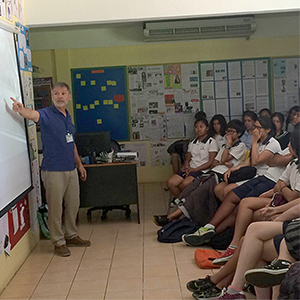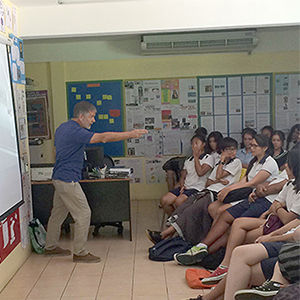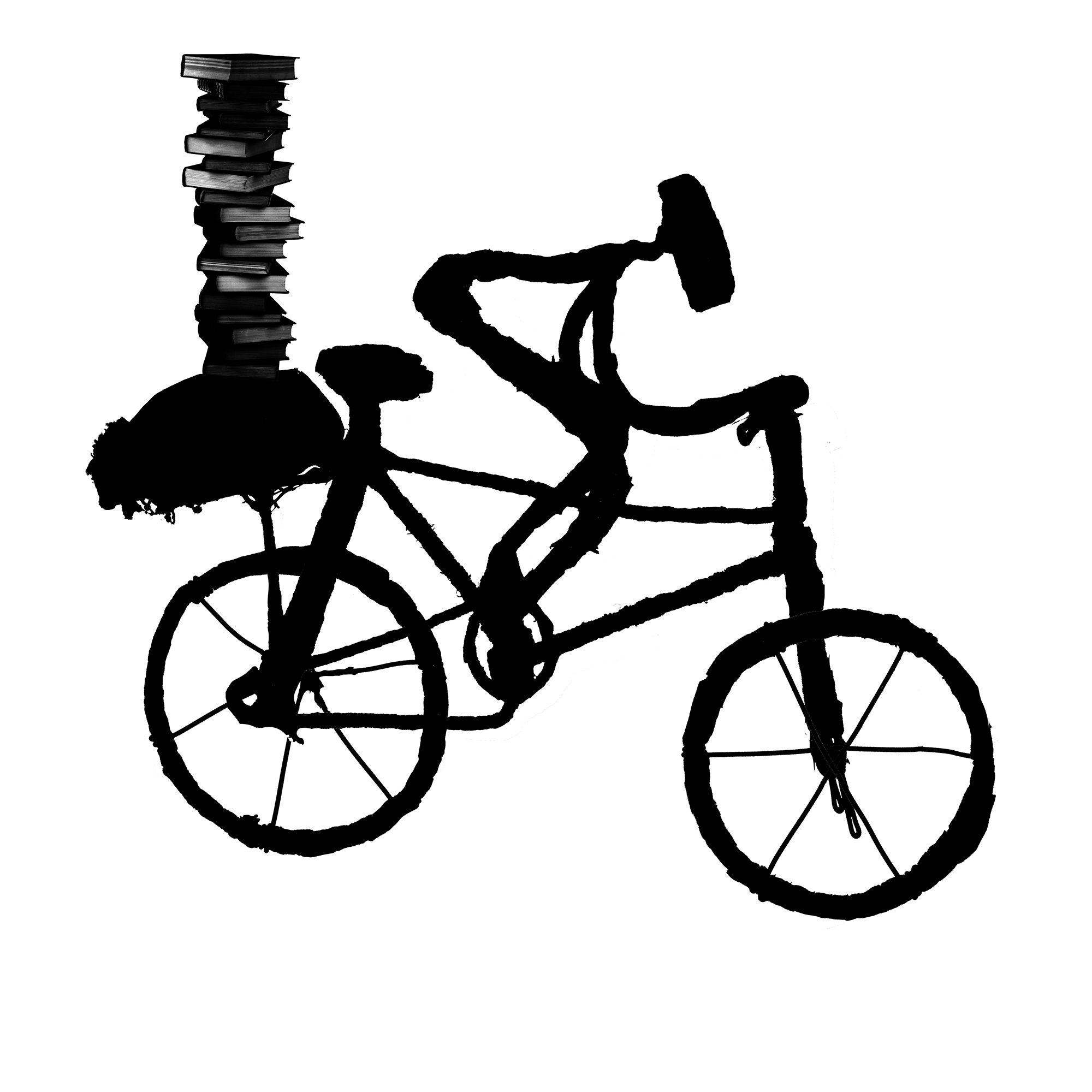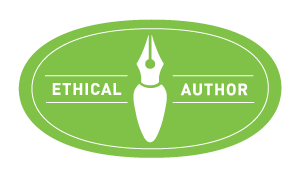There’s nothing quite like the challenge of standing up in front of an audience and talking about what you do and how you do it to clarify your thought processes about being an ‘author’ or ‘writer’ or ‘novelist’. You want the audience to go away with more than just your website address; they might be budding authors themselves and you want them to learn from your experiences and your mistakes while at the same time, feel they have been entertained – authors are, after all, in the entertainment business.
 For the second year running, I recently had the pleasure of visiting HeadStart International School, Phuket, during its Literacy Week to talk to groups of secondary students about being an author and what it takes to write a novel. This year, rather than subject my audiences to an hour or more of just looking at me, I used a powerpoint presentation to illustrate the talks. Everybody likes visuals and an array of images and/or text certainly helped to maintain interest as well as giving me all the prompts I needed to operate without any other notes.
For the second year running, I recently had the pleasure of visiting HeadStart International School, Phuket, during its Literacy Week to talk to groups of secondary students about being an author and what it takes to write a novel. This year, rather than subject my audiences to an hour or more of just looking at me, I used a powerpoint presentation to illustrate the talks. Everybody likes visuals and an array of images and/or text certainly helped to maintain interest as well as giving me all the prompts I needed to operate without any other notes.
My books draw on many life experiences, but the underlying inspiration comes from my career as a forensic scientist. With all the TV series and many books that feature forensics, it’s a topical subject that interests most people and certainly helps to keep the attention of young teenagers.
 But in order to emphasise that the same basic approach is taken for writing all books, I also used the examples of my wife Gail’s illustrated children’s books, written for the 4-9-year-old market. (Gail’s main marketing of her commercially printed books is through presentations at schools and while I was talking to the secondary students, she was entertaining various classes in the primary school).
But in order to emphasise that the same basic approach is taken for writing all books, I also used the examples of my wife Gail’s illustrated children’s books, written for the 4-9-year-old market. (Gail’s main marketing of her commercially printed books is through presentations at schools and while I was talking to the secondary students, she was entertaining various classes in the primary school).
Hence, as well as working through what is needed to plan books like mine, my students also learned how they could apply their skills to both writing and illustrating a children’s book.
By the end of the talk, they had
1) had an overview of what my novels are all about and the ideas behind constructing them;
2) seen how the chameleon in ‘The Chameleon Who Couldn’t Change Colour’ had faced his challenges and overcome his difficulties to become a splendid, multi-coloured creature – with a few cool extra images of real-life chameleons doing their camouflage thing;
3) planned a crime novel (‘Undeniable – a crime novel by the students of HeadStart School’ complete with mocked-up cover); and
4) learned a little about forensic science.
 After four one-and-a-half-hour sessions, more or less back to back, you know you’ve done a day’s work, but I certainly valued the experience once again. As I wrote in a post last year, clearly you’re not going to sell loads of books from an activity like this, but that’s not the point. My books aren’t really aimed at the young teen market, although some said they would be seeking them out on Amazon. They might even tell their parents, who knows? The main point of the exercise is to give something to the community (there aren’t too many authors passing through Phuket, particularly authors who are prepared to give their time for nothing) and to gain experience in standing up in public at the same time. If the presentation is interesting to the audience, everybody wins. There were certainly plenty of questions both during and after the presentations, which I hope is indeed a good indicator of interest.
After four one-and-a-half-hour sessions, more or less back to back, you know you’ve done a day’s work, but I certainly valued the experience once again. As I wrote in a post last year, clearly you’re not going to sell loads of books from an activity like this, but that’s not the point. My books aren’t really aimed at the young teen market, although some said they would be seeking them out on Amazon. They might even tell their parents, who knows? The main point of the exercise is to give something to the community (there aren’t too many authors passing through Phuket, particularly authors who are prepared to give their time for nothing) and to gain experience in standing up in public at the same time. If the presentation is interesting to the audience, everybody wins. There were certainly plenty of questions both during and after the presentations, which I hope is indeed a good indicator of interest.



